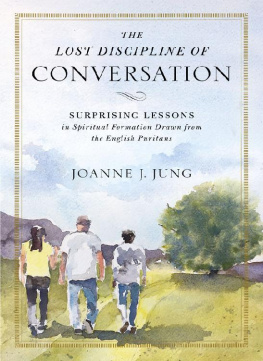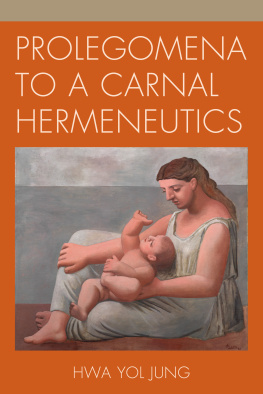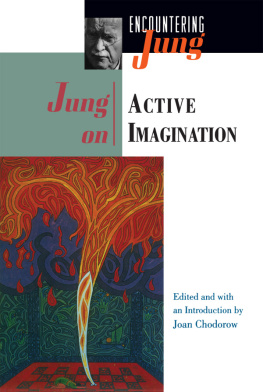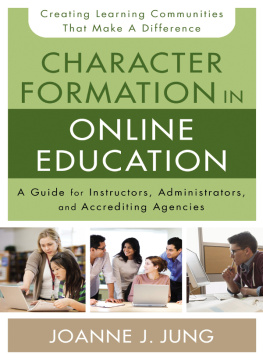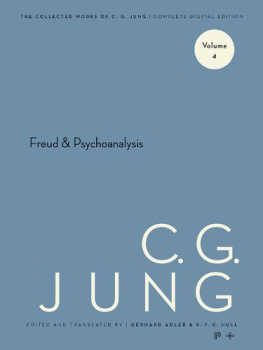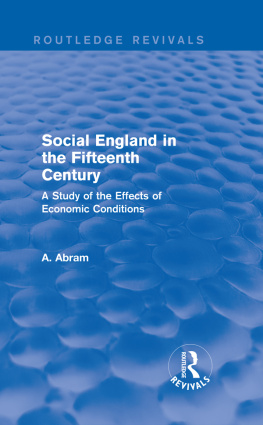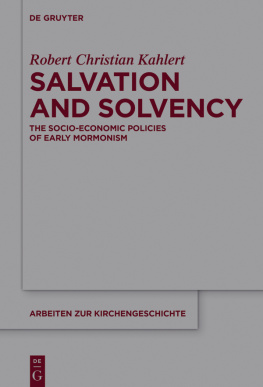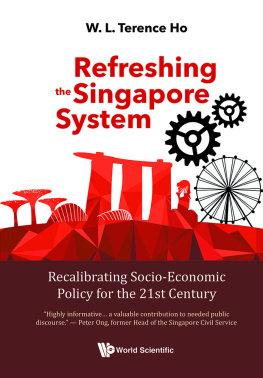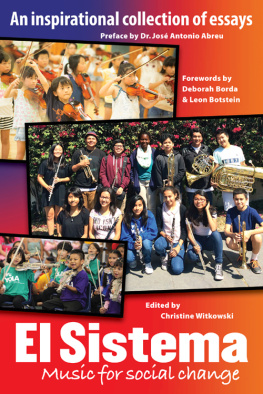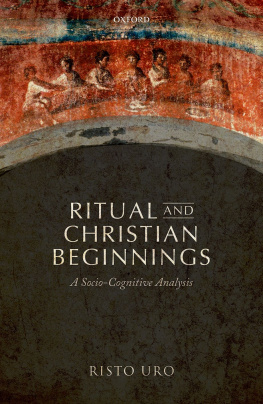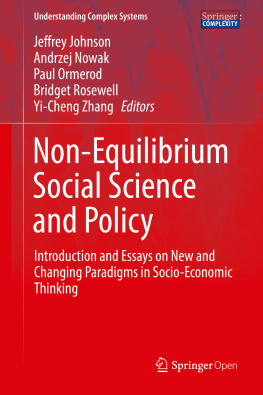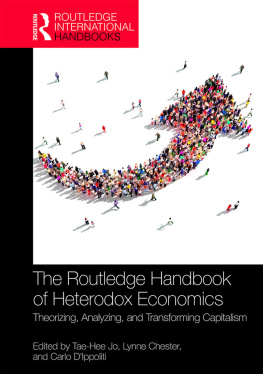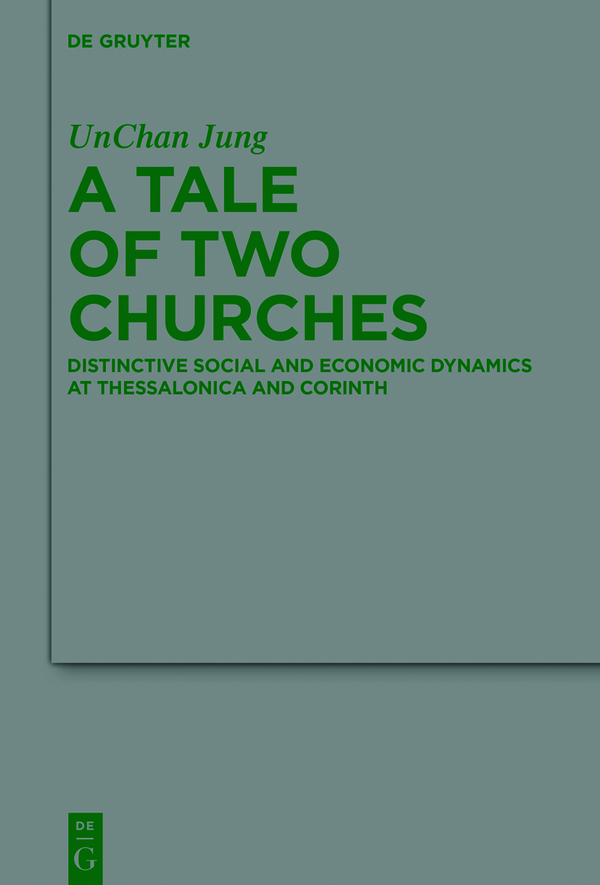The Deutsche Nationalbibliothek lists this publication in the Deutsche Nationalbibliografie; detailed bibliographic data are available on the Internet at http://dnb.dnb.de.
1.1. Introduction
1.1.1 Main Issues
The book title, A Tale of Two Churches: Distinctive Social and Economic Dynamics in Thessalonica and Corinth, borrows from the title of Charles Dickens renowned novel, A Tale of Two Cities. Dickens begins the book with interesting illustrations of two quite similar but different cities, London and Paris, and continues implicitly to contrast their differences as the backdrops of its main story. This study will also compare and contrast the Thessalonian and Corinthian congregations two similar yet strikingly different ones with regard to their members social status, relationships, and identity.
Although Paul founded these two churches in metropolises in the Mediterranean area in a similar period and delivered constant messages to them, the two communities attracted different kinds of people and developed distinctive features and atmospheres. In Thessalonica, Paul converted many casual labourers who showed solidarity within their church but experienced affliction from conflict with non-believers. On the other hand, the Corinthian congregation was more diverse and included those experiencing economic mobility, the well-born, and the poor. Its members generally found social harmony with their larger society but did not enjoy strong ingroup cohesion.
This book underlines the conspicuous differences between the two Pauline congregations concerning their socio-economic compositions, social relationships, and further social identities, while extrapolating certain circles of causality between them through socio-economic and social-scientific criticism. In other words, this research has three chief aims: (1) highlighting the dissimilarities between the Thessalonians and the Corinthians by contrasting their socio-economic statuses, intergroup and intragroup relationships, and social identities; (2) tracing certain patterns of historical causation between the four criteria; and (3) developing a socio-economic and social psychological approach to the Pauline letters which can help to achieve the two former goals.
Though the attempt of contrasting the Pauline communities and letters itself is not novel, this study is distinctive from previous research in many senses. Though a majority of commentators have admitted or naturally assumed that there were many divergences amongst the Pauline churches, many tend to concentrate on similarities more than dissimilarities. Only a few scholars, such as John M. G. Barclay and Craig S. de Vos, turned their attention more to the manifest divergences between the Pauline Communities or in the same community in different periods. Barclay, in his seminal study of the Thessalonian and Corinthian congregations, deals with the eschatological implications of different social relationships with non-believers. Whether ancient Greeks were intolerant towards vocal minorities is also debatable. Most importantly, internal and other factors in the Thessalonian and Corinthian churches, such as their socio-economic compositions and internal relationships, are undervalued in de Vos study. It seems that their members conflicts with outsiders were influenced far more by the internal factors than by local or cultural factors, as this book will argue in the following chapters. Therefore, even though the contributions of these studies should not be underestimated, there are still untouched and unilluminated areas of research regarding the social relationships and memberships of the Thessalonian and Corinthian congregations and their differences.
First, the previous scholarly treatments of divergences in the Pauline churches have shed little light on certain areas of study, in particular the early Christians socio-economic status. There is a long history of debates on the early believers status.) to reveal the Corinthians social and economic diversity. The implicit evidence is neither strong nor uncontentious. Besides, it seems that his idea of variety of the Corinthians gender and legal status is not clearly distinctive from general ideas of other Pauline congregations. Nonetheless, his suggestion of variation within early Christian congregation needs to be taken seriously. This book will try to explore this possibility by examining the different social makeups of the two Pauline communities with various evidence respectively in Chapters 2 and 4 and by directly contrasting them in Chapter 6.
Second, the traditional descriptions of early believers social status and relationships and their socio-economic implications and ramifications need to be more fleshed out and challenged. In this regard, numerous unanswered and contentious questions can be raised. When it comes to the Thessalonians, we can list many questions as follows. Was their conflict with outsiders chiefly religious and political, as many scholars assume? Were there any other social and economic causes for it? Can we associate Pauls depictions of their vulnerability to harassment from non-believers with their low socio-economic position? What did the conflict imply in their everyday and church lives, especially their social and economic activities, as manual workers? Did the conflict influence their cohesion, economic mutualism, or social identity as some commentators presume? If so, how did it affect them? How did the Thessalonians build their unusual cohesion and reciprocity so quickly, given their recent founding? Was their solidarity simply religious and ethical, or was it also practical and financial? What were the social and economic implications of Pauls teaching of brotherly love against the Thessalonians social experiences, especially conflict with non-believers? There are similar questions about the Corinthians. How did certain Corinthians come to enjoy social harmony with outsiders in spite of Pauls teachings that conflicts between believers and non-believers were natural and common? Who were accountable for the harmony? Why did they desire to build it? What were the social and economic benefits of the good relationships with outgroup members, and what were their costs? How did the social adaptability influence their ingroup tension and social identity? Was the discord within the church religious, ideological, political, social or economic? Where were the main battlefields of the tension amongst the Corinthians or between certain Corinthians and Paul? All these questions will be answered by accentuating distinctive socio-economic facets, implications, origins, and results of certain intergroup and intragroup relationships and memberships in Thessalonica and Corinth lying behind Pauls theological discourses. This research will try to answer these questions one by one throughout this book, in particular in Chapters 3 and 5, while contrasting the distinctive socio-economic atmospheres of the two churches in Chapter 6.
Third, in comparing the Thessalonian and Corinthian communities, this book will propose two different circles of historical causality between socio-economic status, intergroup and intragroup relationships, and identity. The causal connections between the four criteria are implied in many notable studies. Some commentators have presupposed that the membership of a certain community may have influenced social relationships within it Many of these suggestions, however, remain scholarly hunches and have not been studied exhaustively. I will attempt to clarify how socio-economic status played an indispensable role in creating different atmospheres in which members enjoyed good social relationships or suffered from bad ones within church and with non-believers, and how the intergroup and intragroup relationships were interwoven with each other and with social identities in Thessalonica (Chapters 23) and Corinth (Chapters 45) respectively. This will be achieved by two major tasks: integrating nuanced reconstructions of social histories in Thessalonica and Corinth and comparing the historical snapshots both with ancient sources and with modern social psychological theories. In particular, this research will employ Social Identity Theory (SIT) and Self-Categorization Theory (SCT) which deal with social relationships and behaviours in systematic and heuristic ways. This of course calls for negotiation and refinement of socio-economic and social-scientific methodology.


